Do you want Free KIMONO? Click here and register now!

“Thank you so much! I am very excited about the prize!”
“I have my pictures for you! The obi is so beautiful! Thank you so much again!”

Do you want Free KIMONO? Click here and register now!

FURICLE- for japanese kimono and yukata fan
from the machi
Do you want Free KIMONO? Click here and register now!

“Thank you so much! I am very excited about the prize!”
“I have my pictures for you! The obi is so beautiful! Thank you so much again!”

Do you want Free KIMONO? Click here and register now!
Do you want Free KIMONO? Click here and register now!
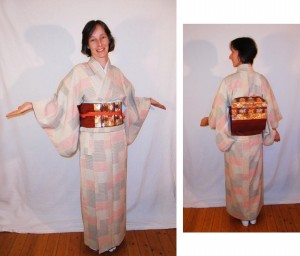
“Thank you so much! I am very excited about the prize!”
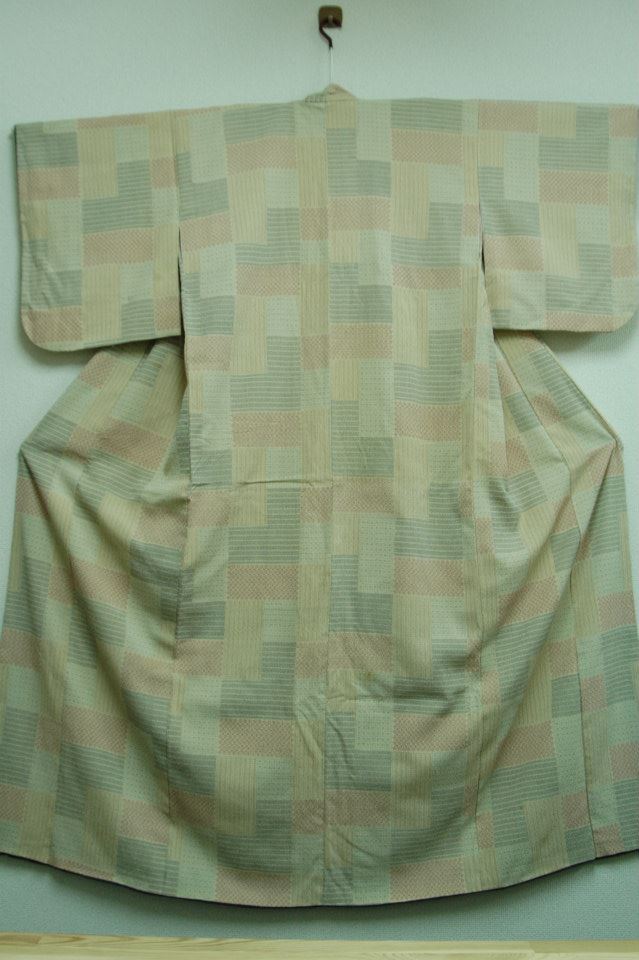
Do you want Free KIMONO? Click here and register now!

Classic Obi
Some classic obi belts have unseen so much today.
[Round Obi]
Round Obi is defined as the origin of Fukuro obi, which is consisted of cloth for obi wholly and the lining is not used.
Though it is extremely gorgeous, it is heavy for that and hard to be fastened. So Fukuro obi which is modified from round obi, has been prevalent. Today, Round obi is used for only bridal. The size is the same as Fukuro obi, so it is fastened as double-drum or fancy-form as Fukuro obi.
[Day-Night Obi]
Day-Night Obi is, what is now called reversible obi, generally made of bright-colored cloth on the front side and black cloth on the back side. The bright cloth is regarded as daytime, and black one is night, which is called Day-Night Obi.
Day-Night Obi is a reversible belt, but it is not used changing one side to another; in fact, it is made to be fastened beautifully when the knot is made to show the back side called “hocking knot” or “pulling knot”. Thus, the feature of the obi is longer than present Nagoya obi and shorter than Fukuro obi in order to fit the knot.
Do you want Free KIMONO? Click here and register now!

“Oh my gosh!!! Thank you so much!!!”
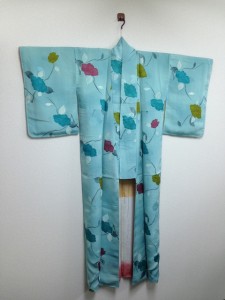
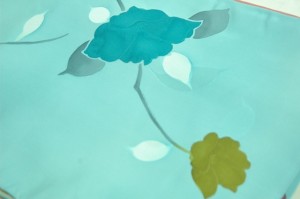
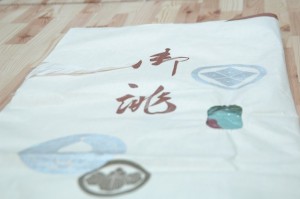
Do you want Free KIMONO? Click here and register now!
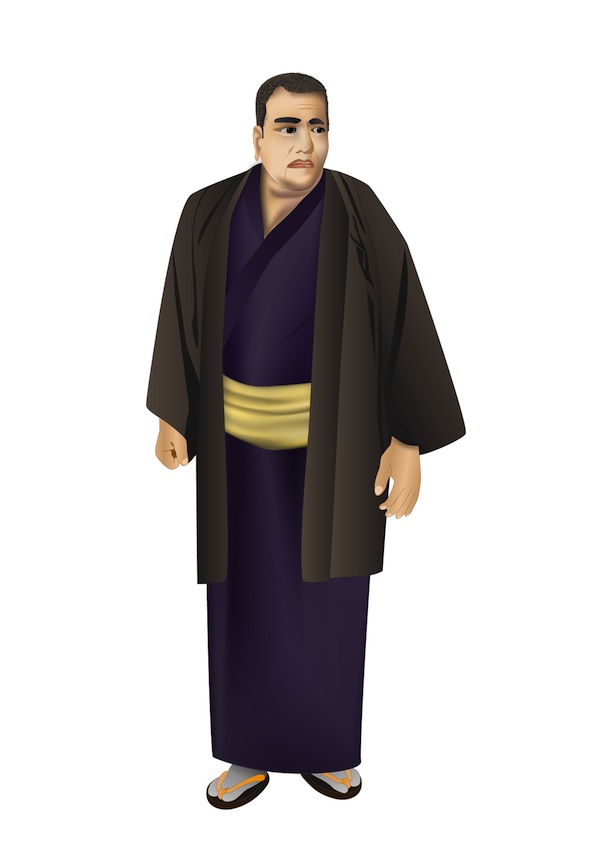
Kaku-obi is most often used by men. It’s used under the formal hakama, and with normal yukata. It’s usually about 10 cm wide and 4 m long, so it’s even thinner than the half-width obi used by females. It can be made from many materials, and most of the ones used to make the obis for women can be used to make kaku-obi as well. Kaku-obi are often seen with Hakataori-style kimonos, but you don’t necessarily need to use one of them – because kaku-obi are easy to tie and lightweight, they can be easily combined with any kimono and so they are very popular among the buyers.
Please choose one that matches your kimono and yourself. You tie it with a kai no kuchi knot. This doesn’t mean that it has to be that way, but the finished shape became popular as it’s easy and hard to become loose. Other well-known methods are katabasami, ichimonji, and kandamusubi. Incidentally, the tip of kakuobi may have a tassel. Usually, it’s cut and the tip is inserted, but some people use it to decorate it. Either is fine.
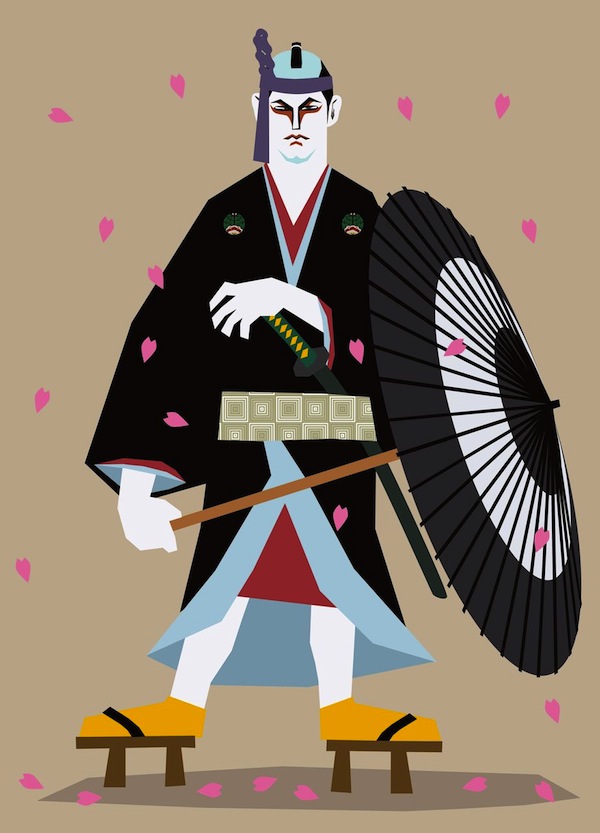 Heko-obi was originally an obi (kimono sash) used by men. It was made from simple, big soft cloth. Presently, it’s often used with children kimonos and women’s yukata.The “tiny heko” that has been popular for the last few years is a decorational cloth based on the concept of heko-obi, and doesn’t function as a normal obi.
Heko-obi was originally an obi (kimono sash) used by men. It was made from simple, big soft cloth. Presently, it’s often used with children kimonos and women’s yukata.The “tiny heko” that has been popular for the last few years is a decorational cloth based on the concept of heko-obi, and doesn’t function as a normal obi.
There aren’t any regulations regarding it’s size, but usually it’s 50 cm wide and 3.5 m long. It’s lighter and softer compared to other obi, so children like it because it doesn’t strain their bodies.
On the other hand, because it’s one of the most simplified versions of obi, it is only used with everyday kimonos. It’s never used in more formal situations.As opposed to other obi, this one is usually tied in a bow. You can also tie it into more showy knots, but it is usually tied into a bow.
Because you don’t use any extra strings to tie it and it keeps in one place just tied into a bow, the most important thing is that it doesn’t slide easily. It is usually made from materials whose surface is uneven, such as silk crepe or tie-dye, which makes them harder to slide down. They also add some volume and fluffiness to the obi, which makes it even more beautiful.